Huron Chief Zacharie Vincent Telariolin Painting a Self-Portrait c. 1875
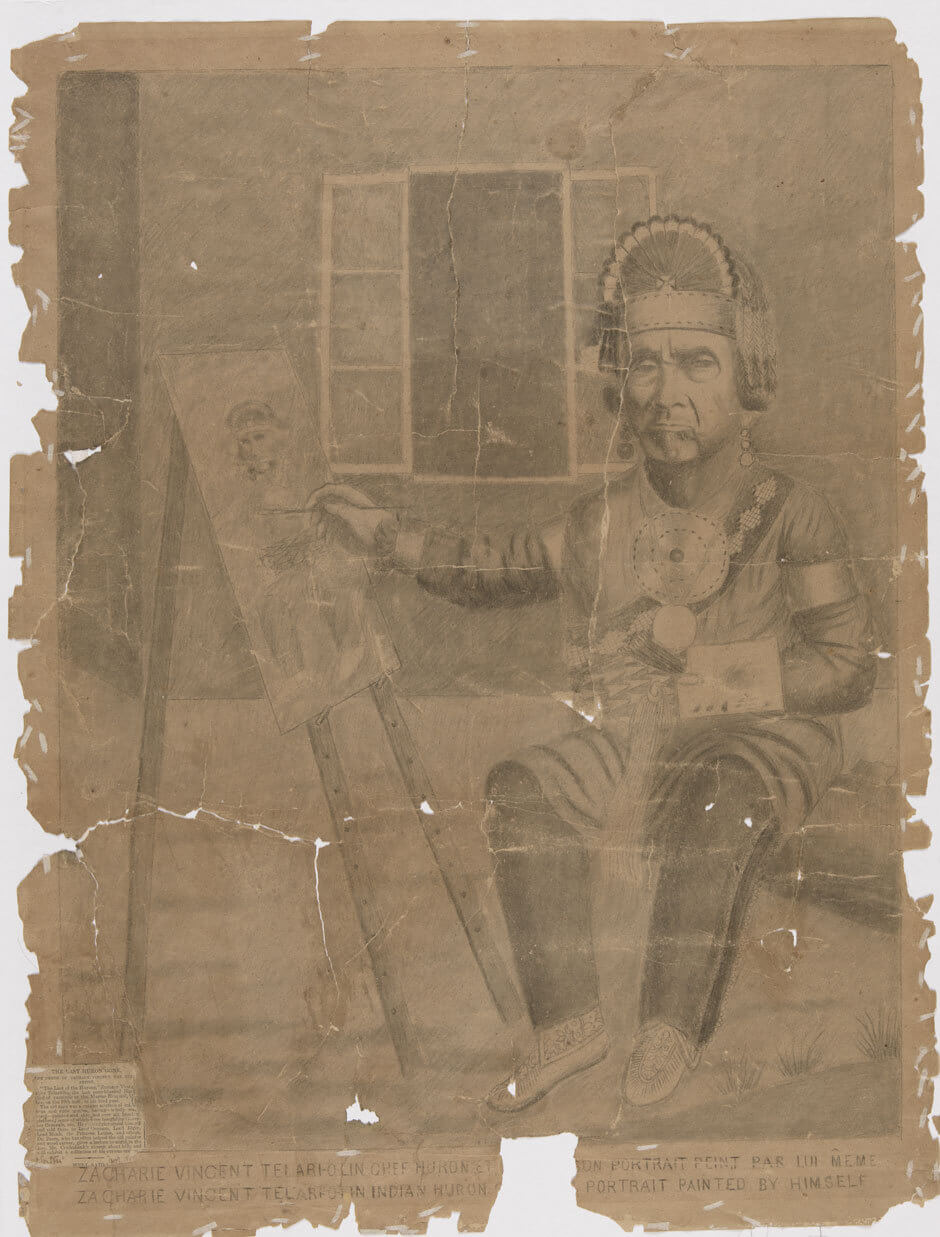
Zacharie Vincent, Huron Chief Zacharie Vincent Telariolin Painting a Self-Portrait, c. 1875
Charcoal on paper, 65.4 x 49.6 cm
Musée national des beaux-arts du Québec, Centre de conservation du Québec
In this charcoal drawing, Vincent portrays himself painting at an easel set up outdoors. He is seated on a block of wood, holding a palette and a brush, which he extends toward the canvas. His feet rest on sparse tufts of grass. Directly behind him is a small building drawn in simple perspective. By combining a self-portrait with a view of the artist’s studio, Vincent creates a scene that traditionally emphasizes a painter’s professional status by showing him at work. Here, though, the workspace has been moved outdoors.
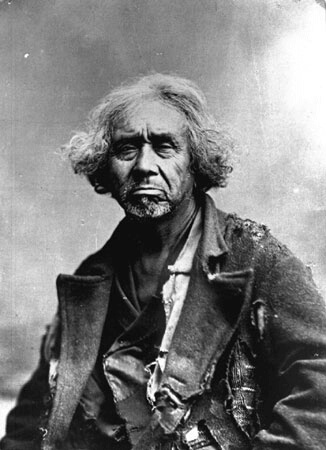
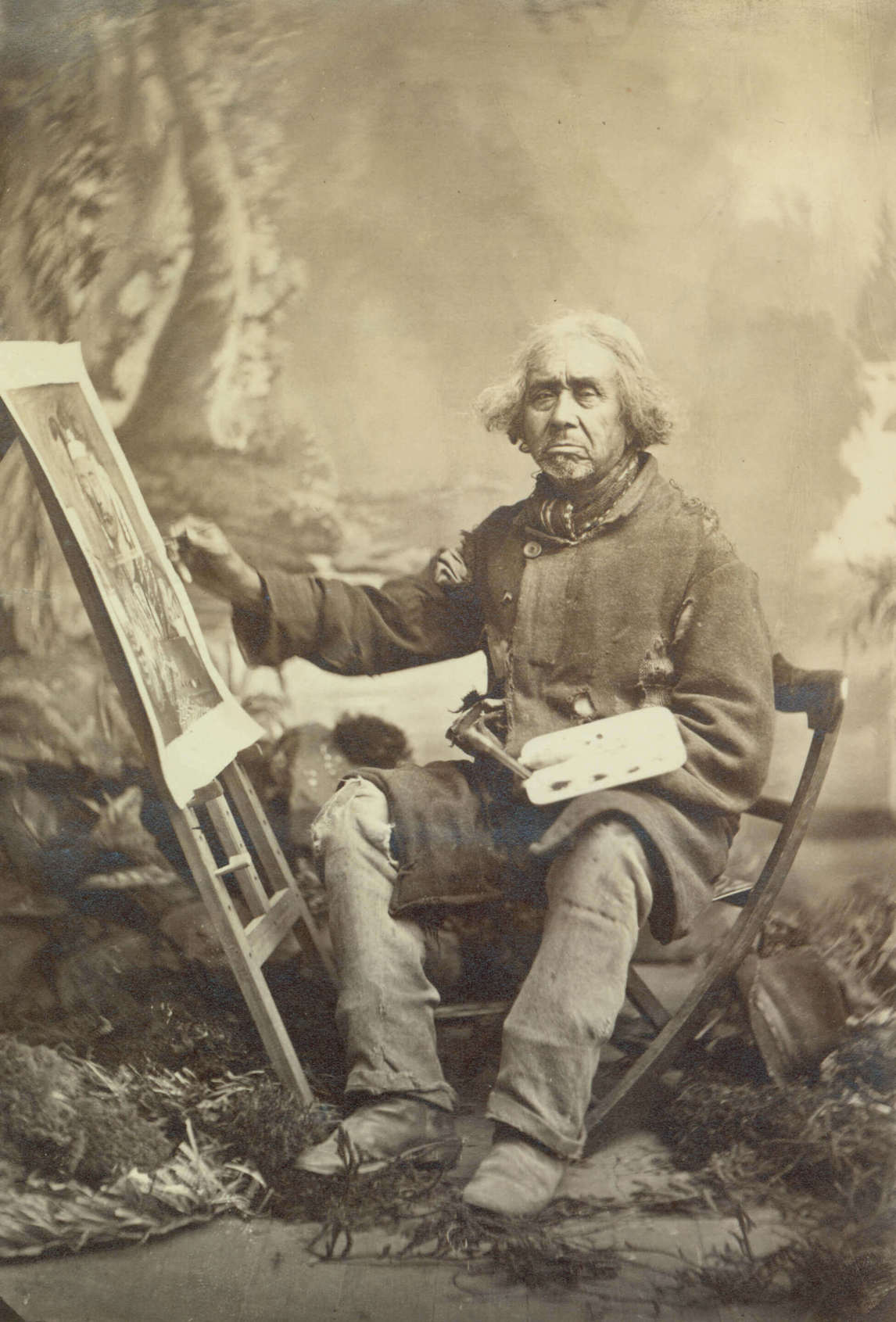
This full-length self-portrait is undoubtedly based on a photograph from the studio of the photographer Louis-Prudent Vallée (1837–1905) in Quebec City. For the head in particular Vincent seems to refer to another Vallée photograph, a half-length studio portrait; the facial features, the modelling, and the shadows are similar. He may also have used tracing paper, placing it over the photograph. The head is drawn more realistically than the body, which is interpreted with a freer hand. Vincent’s position before his easel likewise resembles his pose in the Vallée photographs, but the artist depicts himself in a more elaborate costume.
A comparison of this self-portrait with the Vallée photographs offers some clues to the meaning that Vincent may have intended. The charcoal work represents a hybridization of his double identity as a Huron and an artist, as the inscription at the bottom of the composition indicates: “… Chief of the Hurons and his portrait painted by himself.” This unusual combination of identities destabilizes the conventional representation of the Native subject, affirming that Vincent is both the subject and the creator of the portrait. Other Huron artists had made copies of Vincent’s work for sale, but here the inscription certifies the work as Vincent’s own, and thereby assigns it a higher value.

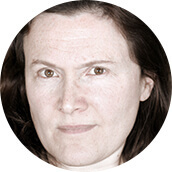 About the Author
About the Author
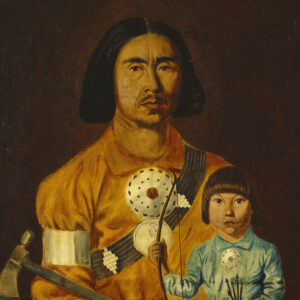 More Online Art Books
More Online Art Books
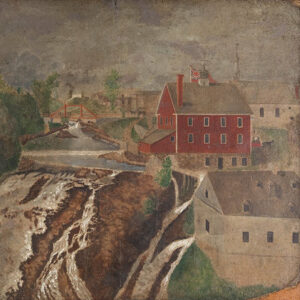 Acknowledgements
Acknowledgements